Matthew M. Williams’ Modern Timepiece with Audemars Piguet
|THOM BETTRIDGE
Matthew M. Williams appears on the cover of 032c's Winter 2023/4 issue #44 “EDGLRD,” available for order here. We co-hosted an evening celebrating the launch of the collaboration between Audemars Piguet and 1017 Alyx 9SM. Click here to see who came to the dinner.
If your brain—like mine—has been calibrated to the industrial Ferris wheel of luxury collabs, then the collaboration between Audemars Piguet and 1017 ALYX 9SM on a collection of watches is tame yet welcome news. The aesthetics of the two brands line up well, and the result is a very handsome and ALYX-esque set of watches. But if you look at this collection through the lens (or loupe) of watchmaking, the surprise collaboration unveiled in Tokyo this August was historical. None of the horological world’s “big three” brands—Audemars Piguet, Patek Philippe, Vacheron Constantin—have ever done a fashion collaboration for a product. (And nope, Rolex hasn’t either.) To make matters even more fascinating, the collaboration originated through (gasp) unsanctioned customizations, a series of Audemars Piguet Royal Oaks commissioned by ALYX designer Matthew M. Williams to be made by the Paris atelier MAD for friends and family.
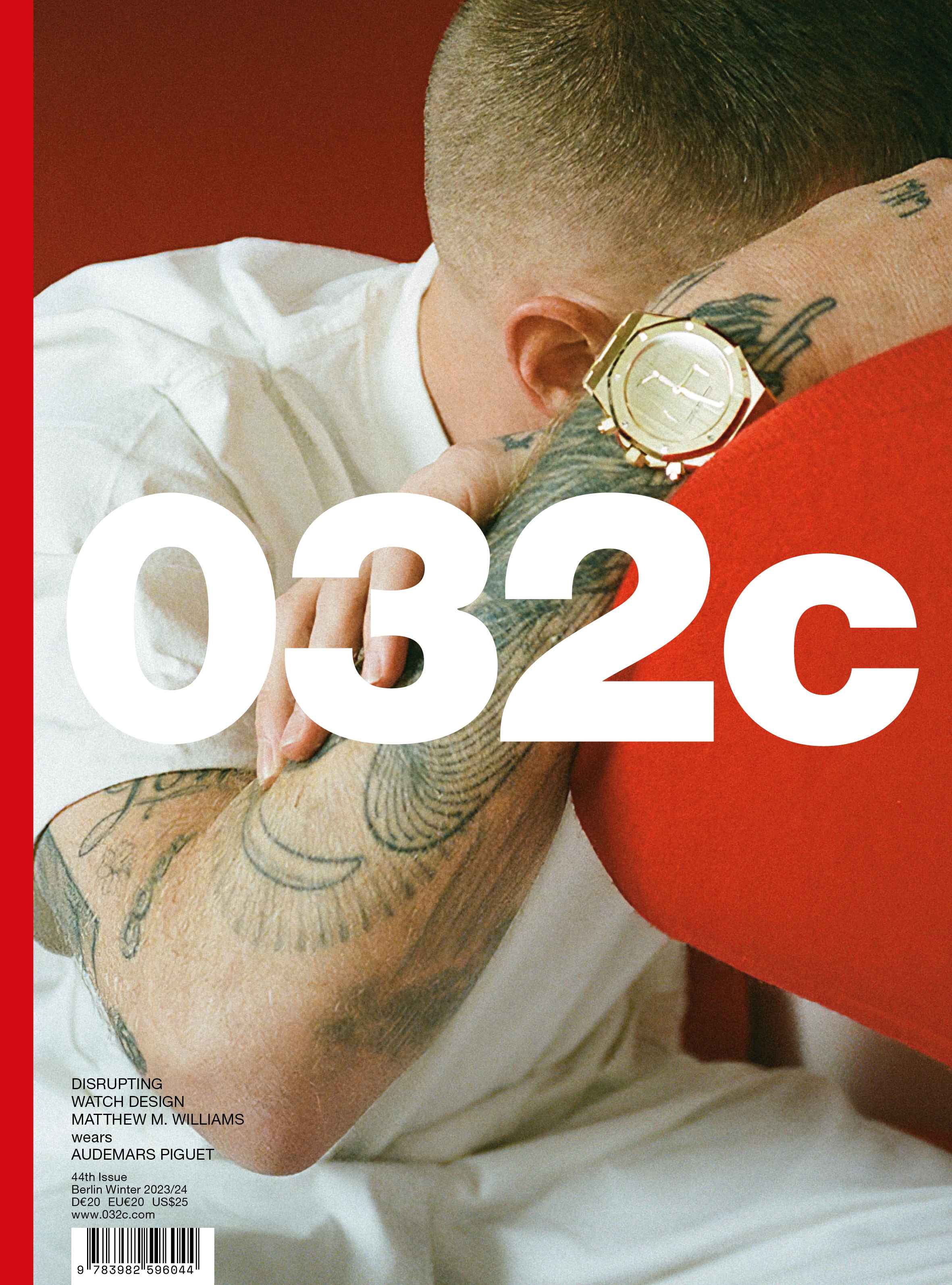
If there’s one executive capable of breaking the platinum ceiling between fashion design and watchmaking, it is Audemars Piguet CEO François-Henry Bennahmias. AP’s eccentric, long-time CEO (who is stepping down at the end of this year) has made a point of making the brand’s cultural tent as big and forward-thinking as possible—whether that’s being the signature watch of Serena Williams when competitors would’ve chosen Federer or Djokovic, or aligning with Jay-Z as an official house ambassador at a time when luxury brands across the board were holding themselves at an arm’s distance from the rap world.
Aside from being a first of its kind, the ALYX collection for AP breaks a number of precedents within traditional watch design. Chief among these is the lack of dial markings on the chronograph’s main and sub-dials. While it is common for dress watches to not have numbers or a chapter ring to accurately pinpoint time, a chronograph is a “tool watch” that is used in the context of racing and navigation as a stopwatch that accurately measures units of time. To have that complicated feature without actually having any way of reading it is like Dadaist theater to the eyes of a watch enthusiast. When I saw Williams and Bennahmias in Tokyo on the occasion of the collection’s launch, Bennahmias told me about an AP watch I had never heard of before called the Philosophique. The gold dress watch had only an hour hand—no minutes or seconds hand—with the idea being that “If you are truly rich, you don’t actually need to know the time.”
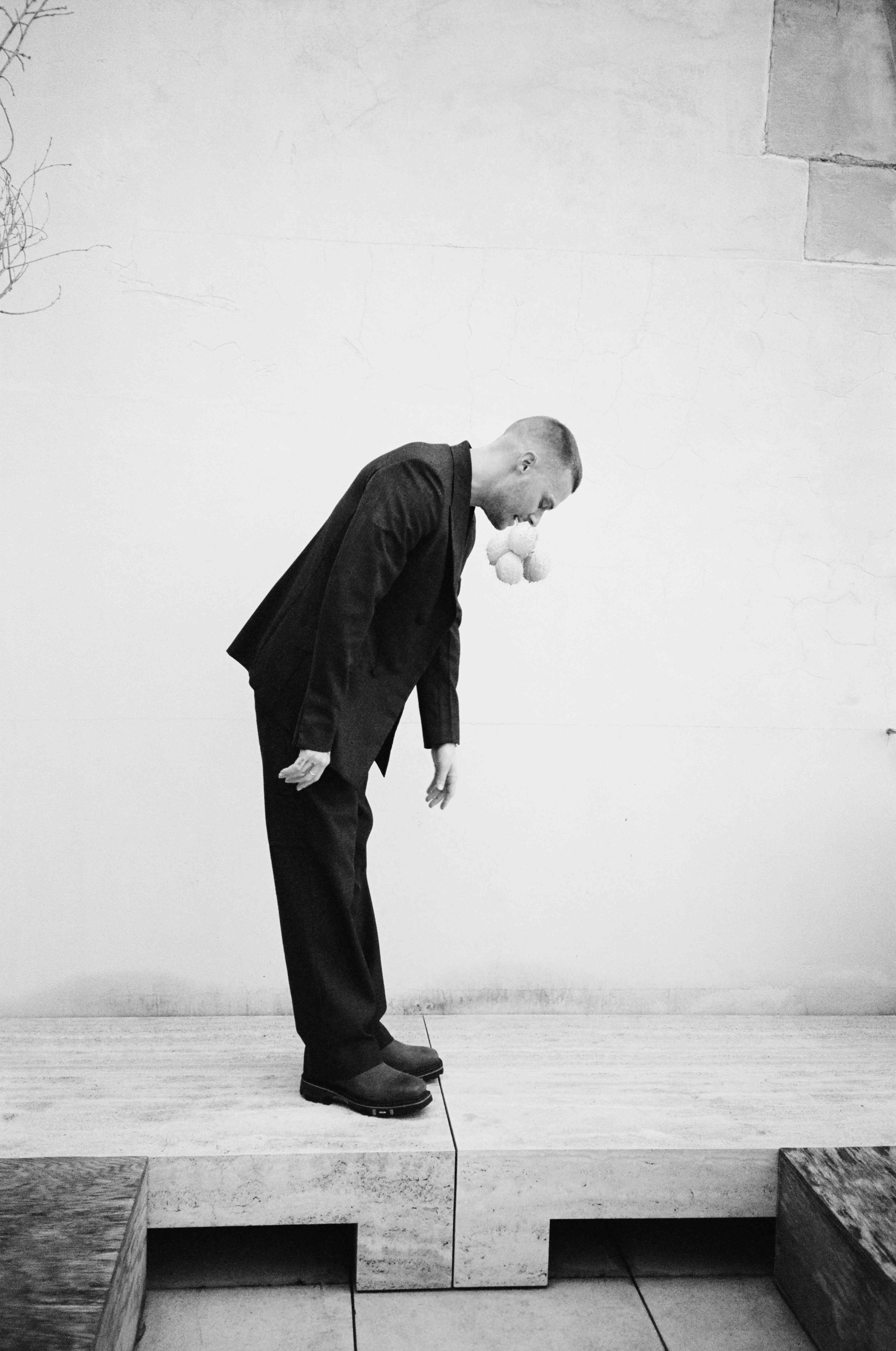

THOM BETTRIDGE: You and I have spoken about this watch and how it disrupts a number of different conventions in watchmaking. What has the reaction to it been in the context of the watch world?
MATTHEW M. WILLIAMS: A lot of the comments are about how it was nice having the watch come from somebody who wasn’t so concerned with traditional watch design. I was doing things from an aesthetic point of view, and at first, I think that was polarizing for watch enthusiasts and the people who just wanted to wear something that they liked. Now I think some of the people who were dubious around some of those choices are now excited about it.
TB: I’m detecting from what you’re saying that there was some watch nerd ire in how things were received. Is that kind of skepticism—from people who are defending the traditional way of doing things—something that’s familiar to you from when you first started in the luxury space? Because when you started ALYX, luxury was as old school as watchmaking still is now.
MMW: You know, at the end of the day, I’m just channeling something that I hope will exist, and that makes me feel like it should exist. I’m making things I want to wear, and that natural feeling resonates with other people, which is great. I just always go towards that.
TB: It’s always a good sign when design comes out of necessity—when a designer says, “Hey, I wanted this thing that didn’t exist yet, so I made it.”
MMW: This is maybe getting really spiritual, but I went to the Philip Guston show at the Tate Modern last week, and he has this really good quote from when he was moving into abstraction. He started doing all these paintings where he wouldn’t stand back from the canvas to look at what he was painting. And he said something along the lines of, “I was just trying to reveal something that was already there.” And then, at the same time, I’ve been studying Buddhism a little bit more recently, and it’s a similar concept. Any kind of accomplishment, or output of creativity, or this amazing thing that you’ve done or been able to reach—it’s hard to take credit for it. It’s more that you just tapped into something that’s already there. You’re just allowing something through, like a connection to whatever channel of creativity you’re tuning into. So, you’re just a conduit. I like that concept. That resonates with me, because a lot of times it’s hard for me to explain why I choose to do something. It just feels like the right thing to do. It feels like it should exist. I can’t take too much credit. It just should exist. If it wasn’t me and if it wasn’t ALYX in this environment, some version of that idea would come out through another project or brand or idea or whatever. I believe that. I think great creative products, projects, and ideas come to fruition on their own. It’s not necessarily the maker who should be taking credit for it.
TB: In that vein, too, you almost need to let go of control of what happens to the creative output as well. The thing about Guston you were telling me about just now kind of reminded me of this thing that John Cage said about Robert Rauschenberg’s White Ppaintings—that they were like “landing strips for dust particles.” And the way I interpret that is that if you make a totally white painting, whatever happens to land on it turns into the subject matter of the painting. And I see that in how you abstracted time with your design—the numbers and markers aren’t there, so then you decide on the time, the reader makes the time and not the watch. And on an aesthetic level, that level of simplicity allows people to pour their own ideas into a design and use it how they want.
MMW: John Cage and Guston were friends, too, I believe. I feel like I read that in the exhibition.
TB: I personally thought the chrono feature that you guys had was one of the most radical examples of what we’re discussing, because the chronograph is a tool designed to measure very precise units of time. To have one that doesn’t have any kind of numbers on it is a modernist gesture of radical simplicity. You made something so minimal that it doesn’t even work the same way anymore. What was that decision like? And were the Audemars Piguet folks like, “Are you sure you want to do this?”
MMW: They were always really supportive. I don’t know what their conversations were like internally before the conversations I had, but directly to me it was always very supportive every step of the way. I just had a conversation with François [Bennahmias, CEO of Audermars Piguet] about what would be possible, and continuing with the aesthetic from that first watch that we did.
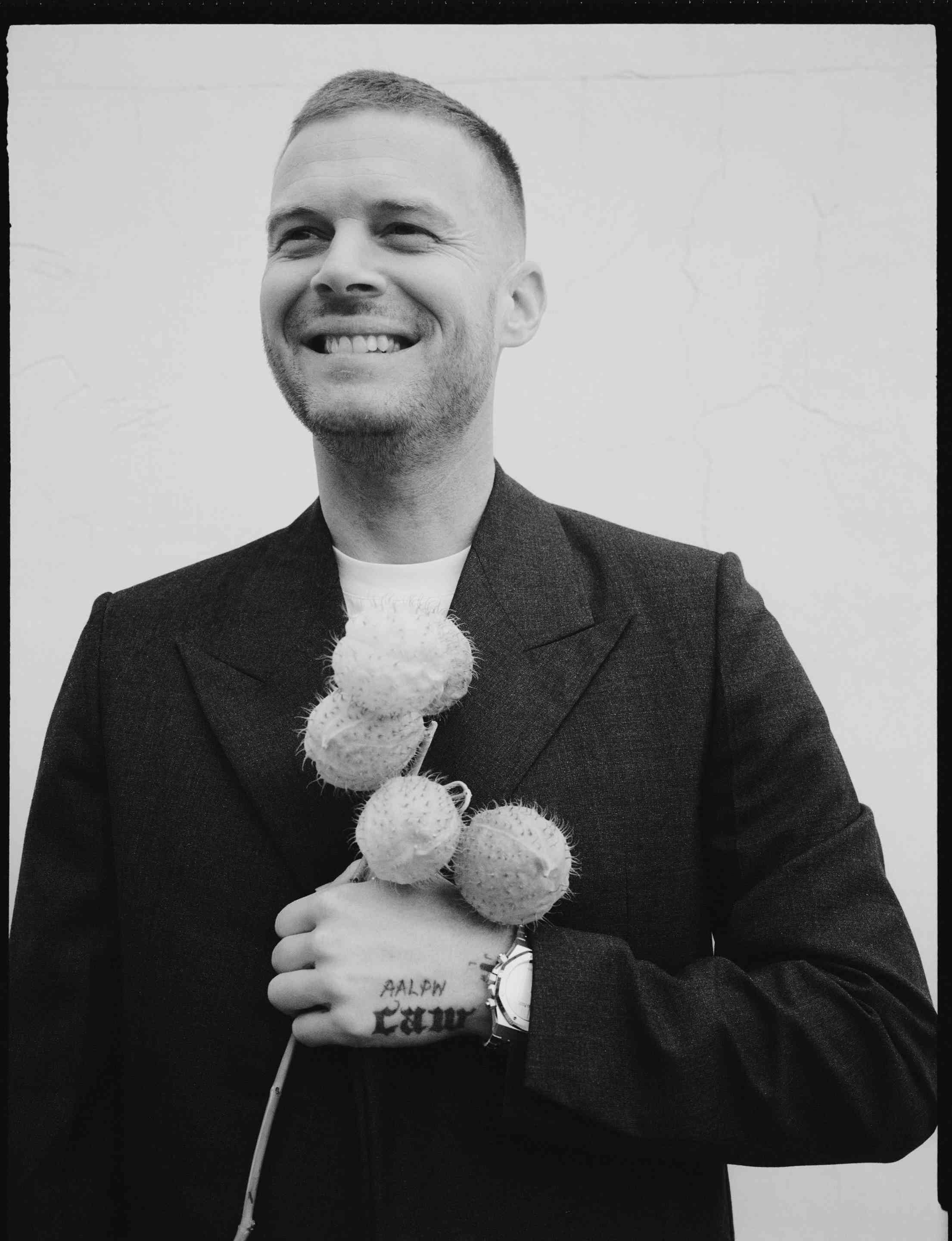
TB: Let’s discuss that first watch a bit. Something I love about this collection is that it comes from the context of customization—which is a huge taboo in the watch world. Watch collectors are not supposed to mess with the original design of the watch. But when you look at the world of fashion and how it’s changed in the last ten years, a lot of that change comes from the universe of bootlegs, logojacks, and streetwear as an aesthetic strategy. When you first made your famous customizations of the Royal Oak, did you ever imagine that you’d officially design something for the house?
MMW: No, it was a complete surprise. I had no idea it was going to happen. I think a lot of people were contacting them about the watch I made not realizing it was unofficial. So, they were like, “Who is this guy?”
TB: And that’s when François reached out to you. What was the collaboration like with him? Because it sounds like he’s been pretty hands on with this whole process. Are you used to CEOs being that creatively involved?
MMW: It’s different with every company. Like at Moncler, Remo [Ruffini, Chairriman and CEO of Moncler] is really involved in their whole process. It just depends. But, you know, François has been with the company for so long, and he’s a real visionary, and we had a great working relationship. It just happened in a really fluid way. He has such a great team over there that really rally behind them. And because we were so aligned on the look and feel and excited about it, the whole company was really excited. Even with the campaign, and all of the content we did, it was all really supported.
TB: Tell me about the video you did with Julian Klincewicz—with that campaign did you want to set a new tone for how watches are marketed? Because it’s definitely not like the normal Patek Phillipe kind of marketing where a dad gives the son his watch.
MMW: That was really fun to approach. I worked with Julian and Thomas Subreville from Ill-Studio, and we spent a lot of time talking about that. Solange did the stills campaign. It was incredible. I was on set for everything, and I was super hands on with everything with Thomas. It was nice because we had a long time to create everything. We spent like a year on all the content. It wasn’t as fast as we normally do in fashion.
TB: I want to go back to this idea of inspiration—and the idea that certain products need to exist and get plucked from the ether. Do you feel like watches are an avenue that has more creative potential left for you?
MMW: There’s more in the genre that I want to do for sure. I have more ideas that I’d like to do in that space.
TB: I’m curious to see them.
MMW: I have them on my phone. [Laughs] They’re all laid out.
TB: Alright, well, I might be texting you about that later.
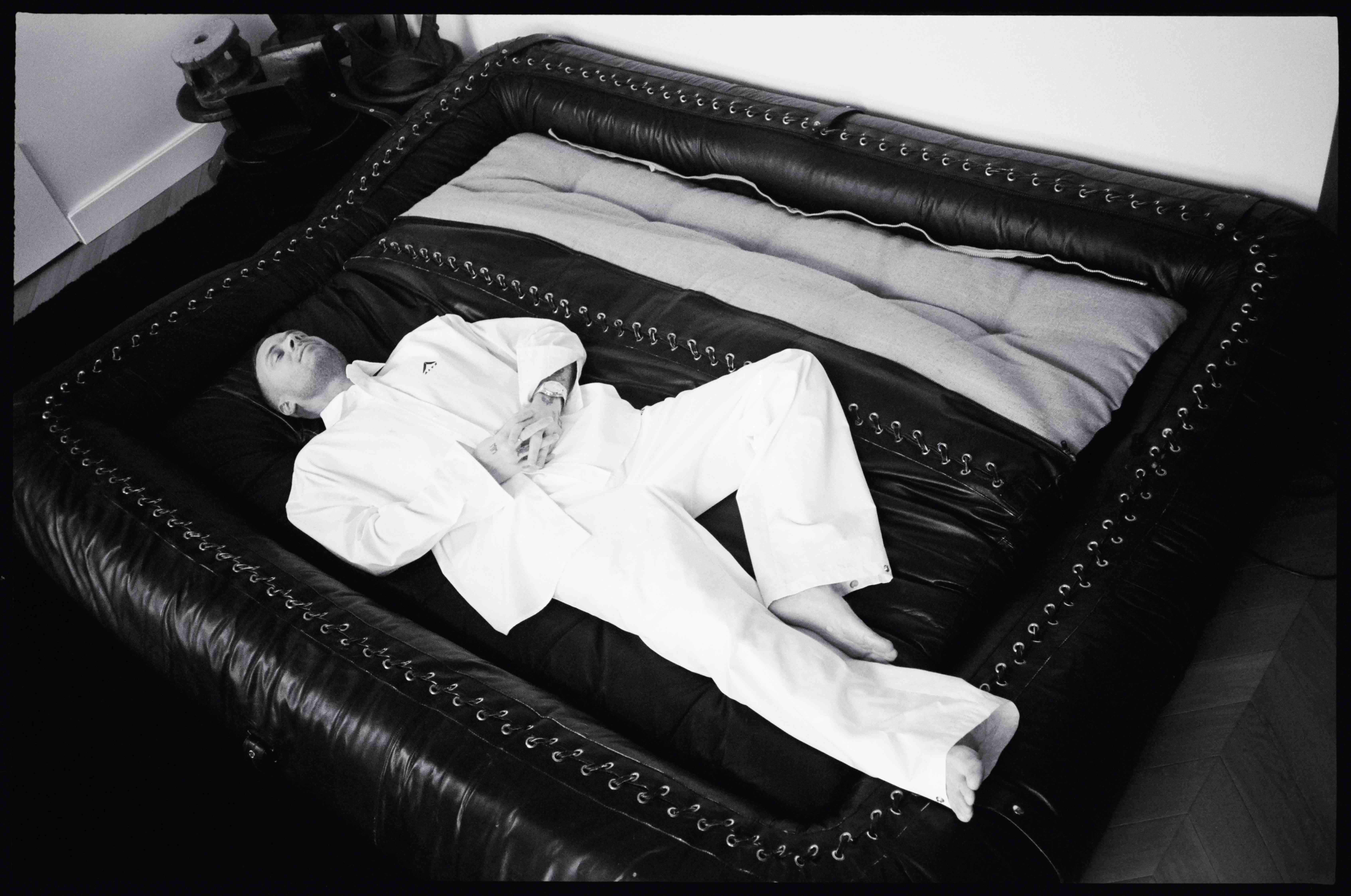
Credits
- Text: THOM BETTRIDGE
- Photography: SEBASTIÁN FAENA
- Fashion: RAS BARTRAM
- Grooming: JORDAN DUFRESNE
- Producer: ASH MOROS
- Post-Production: Sheriff Projects
- Photography Assistant: PHILIP SKOCZKOWSKI
- Special Thanks: Myles Henrik Hall
Related Content
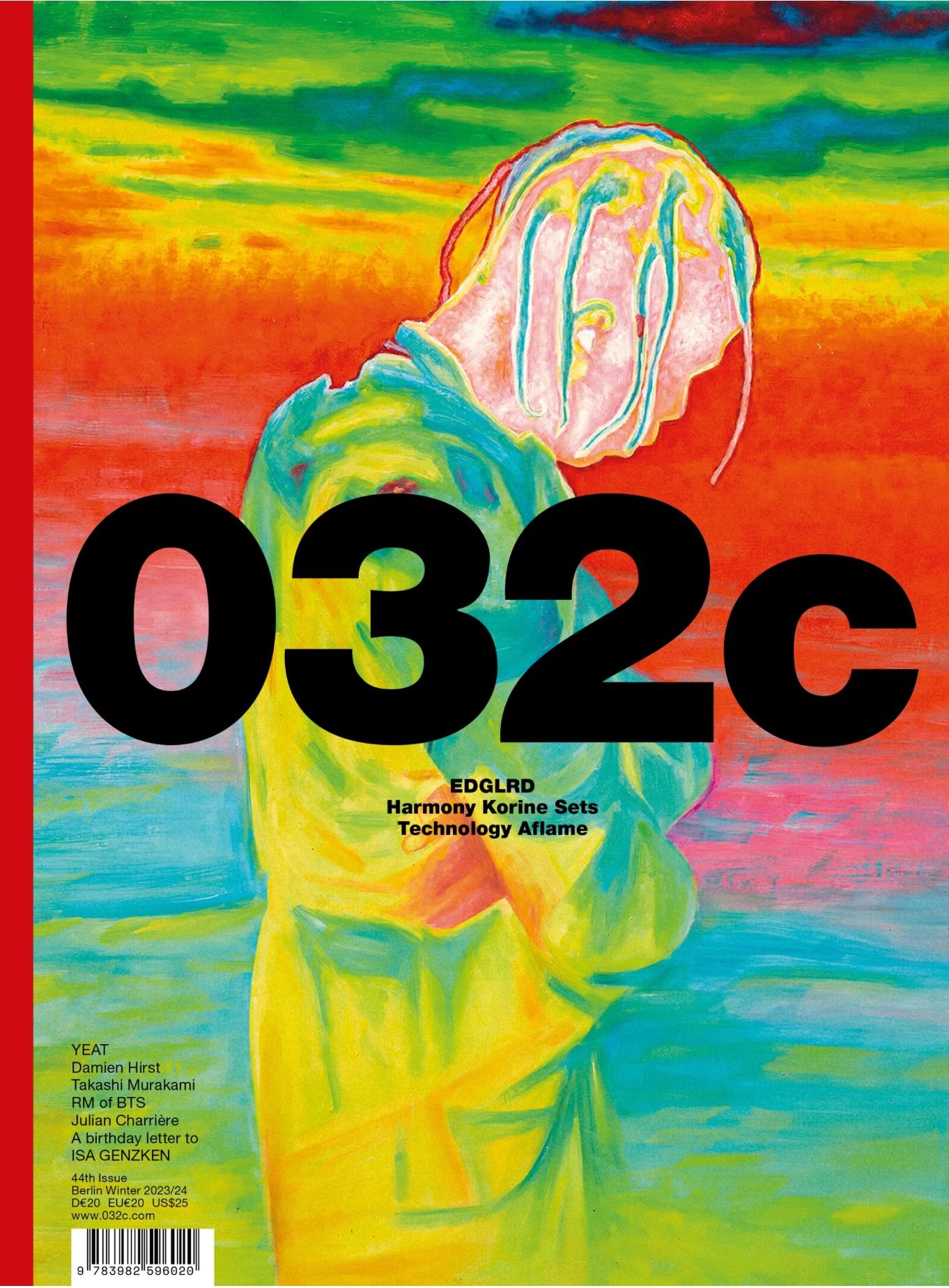
032c Issue #44 “EDGLRD” Winter 2023/24
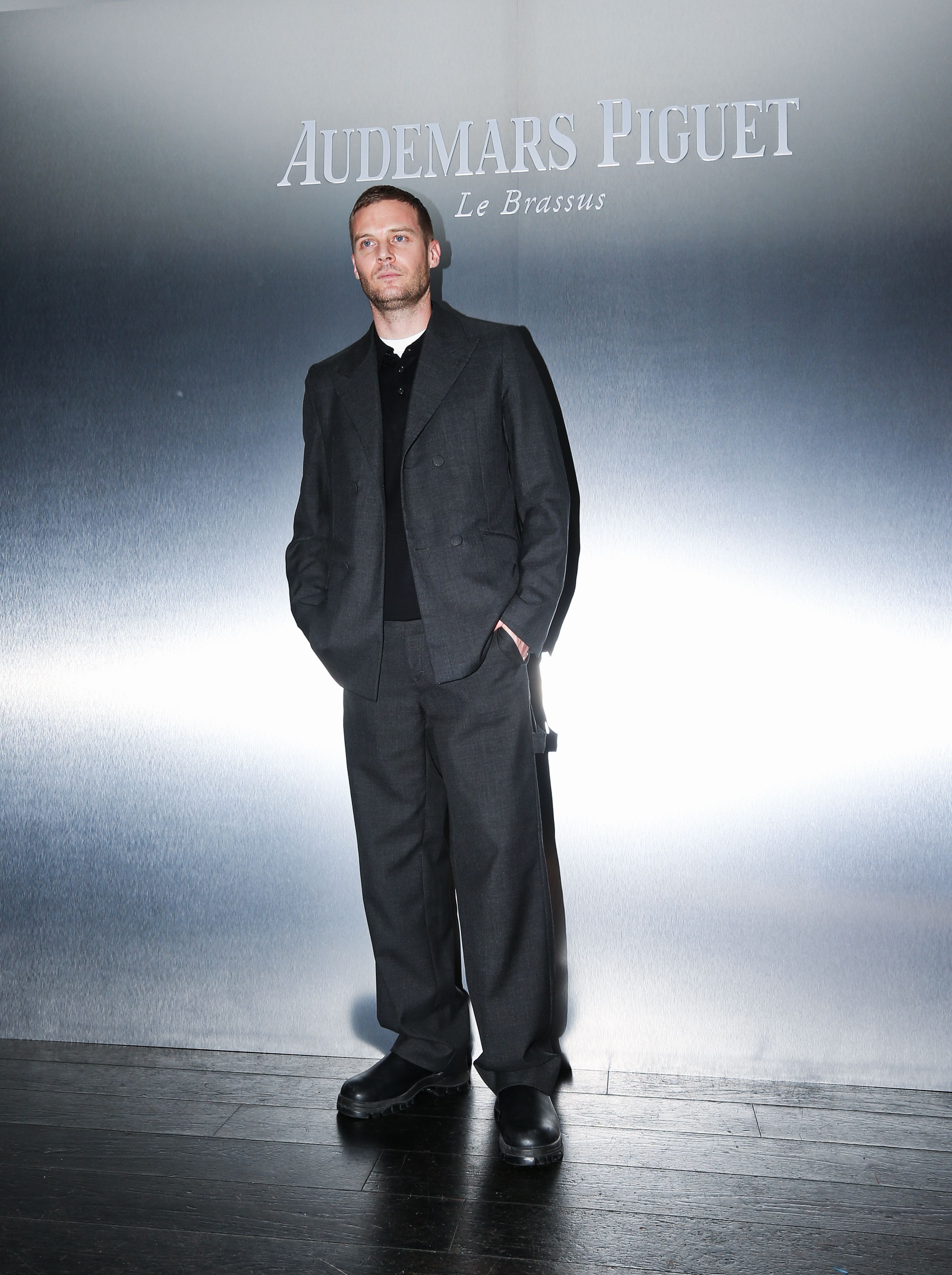
Audemars Piguet x 1017 Alyx 9SM Dinner with 032c in Berlin
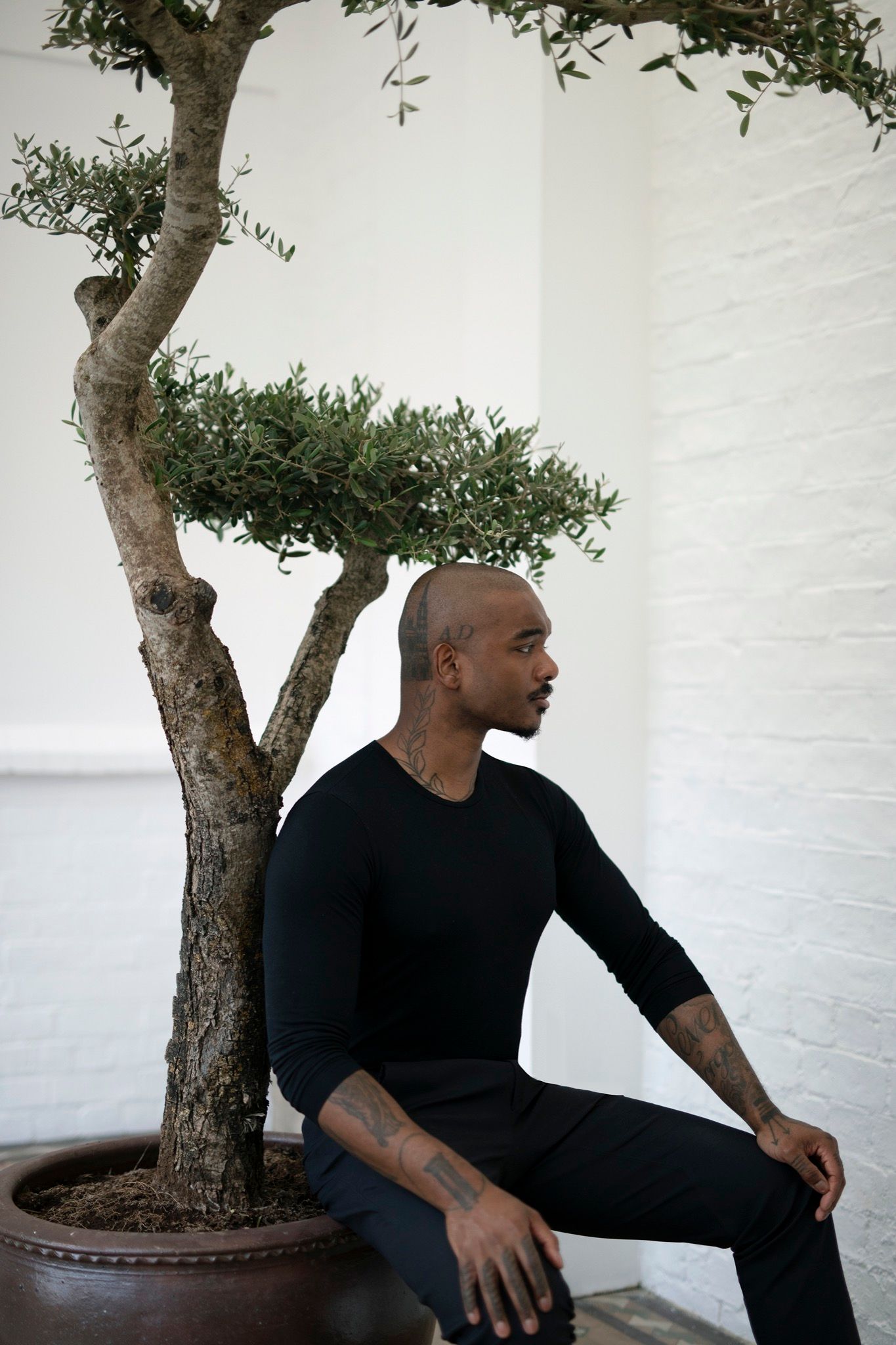
Indefinite Optimism: A-COLD-WALL*’s SAMUEL ROSS

Nike x 032c Launch Dinner with Special Performance by KELELA
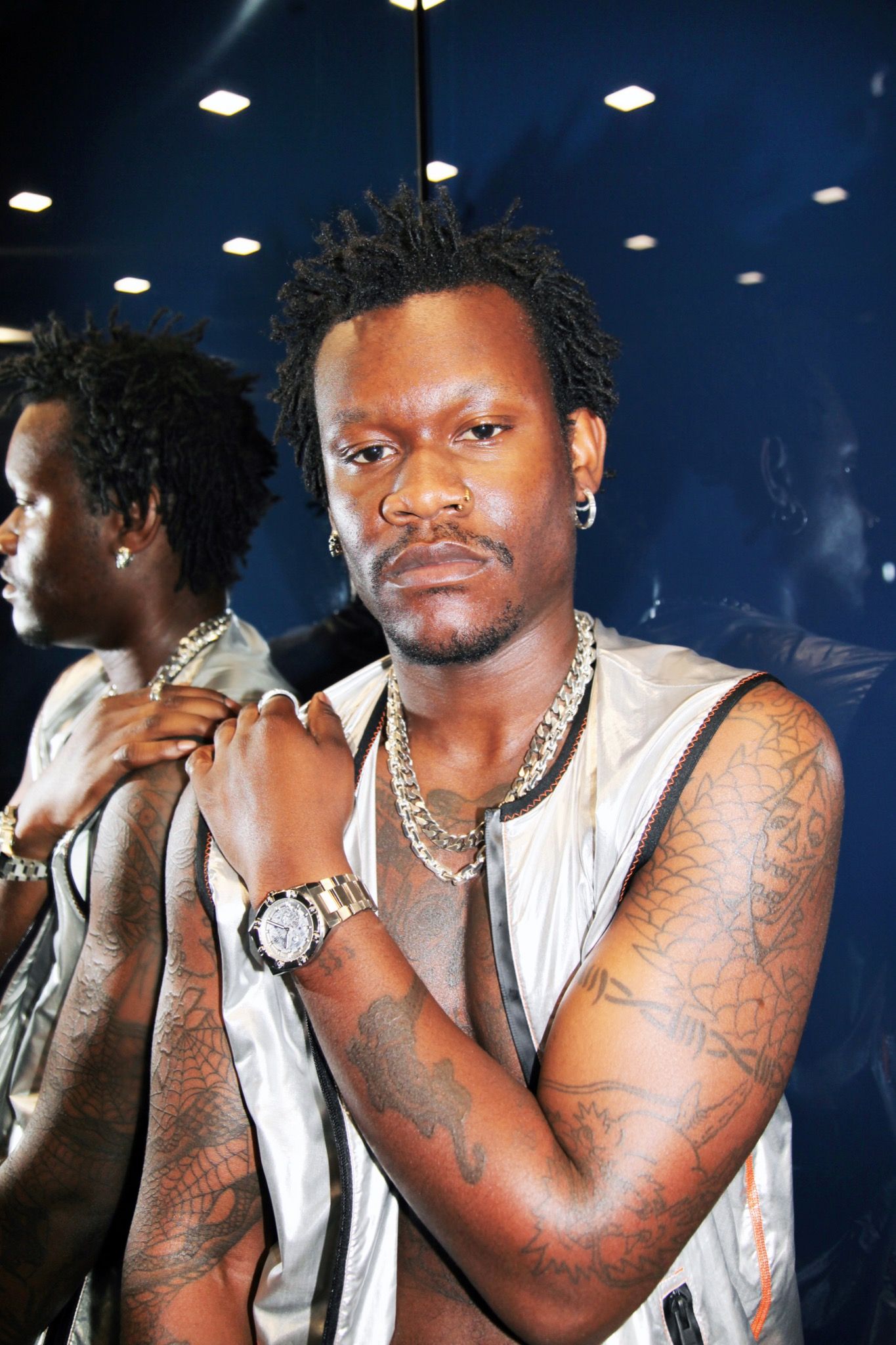
The Birth of SABOTEUR’s Mystical Minimalism

A Rose By Any Other Name: MATTHEW WILLIAMS and ALYX Go Medieval in Ferrara
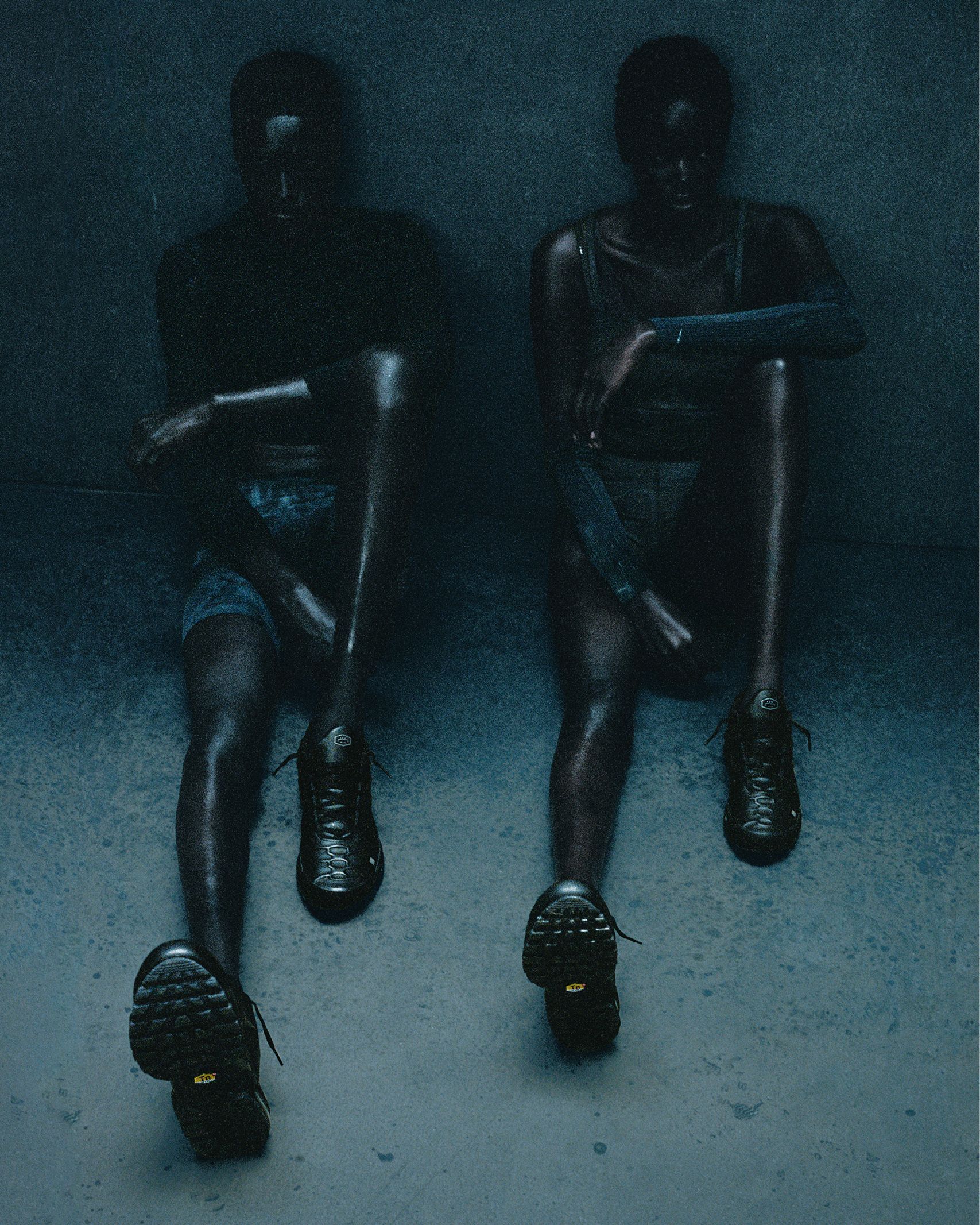
Never Growing Up: GABRIEL MOSES and SAMUEL ROSS’ ACW_NIKE TN98
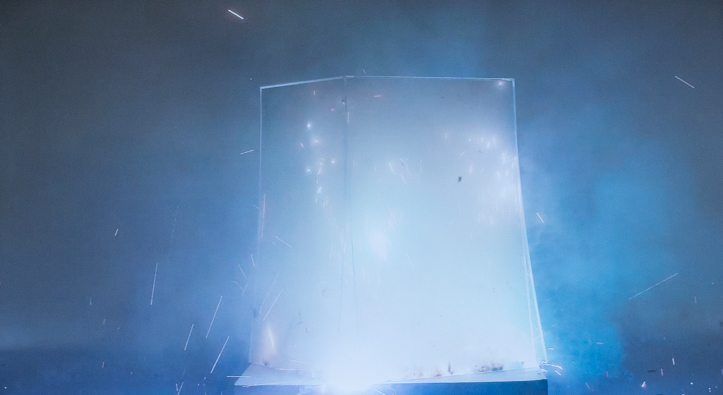
“ALYX” by Nick Knight and Matthew Williams